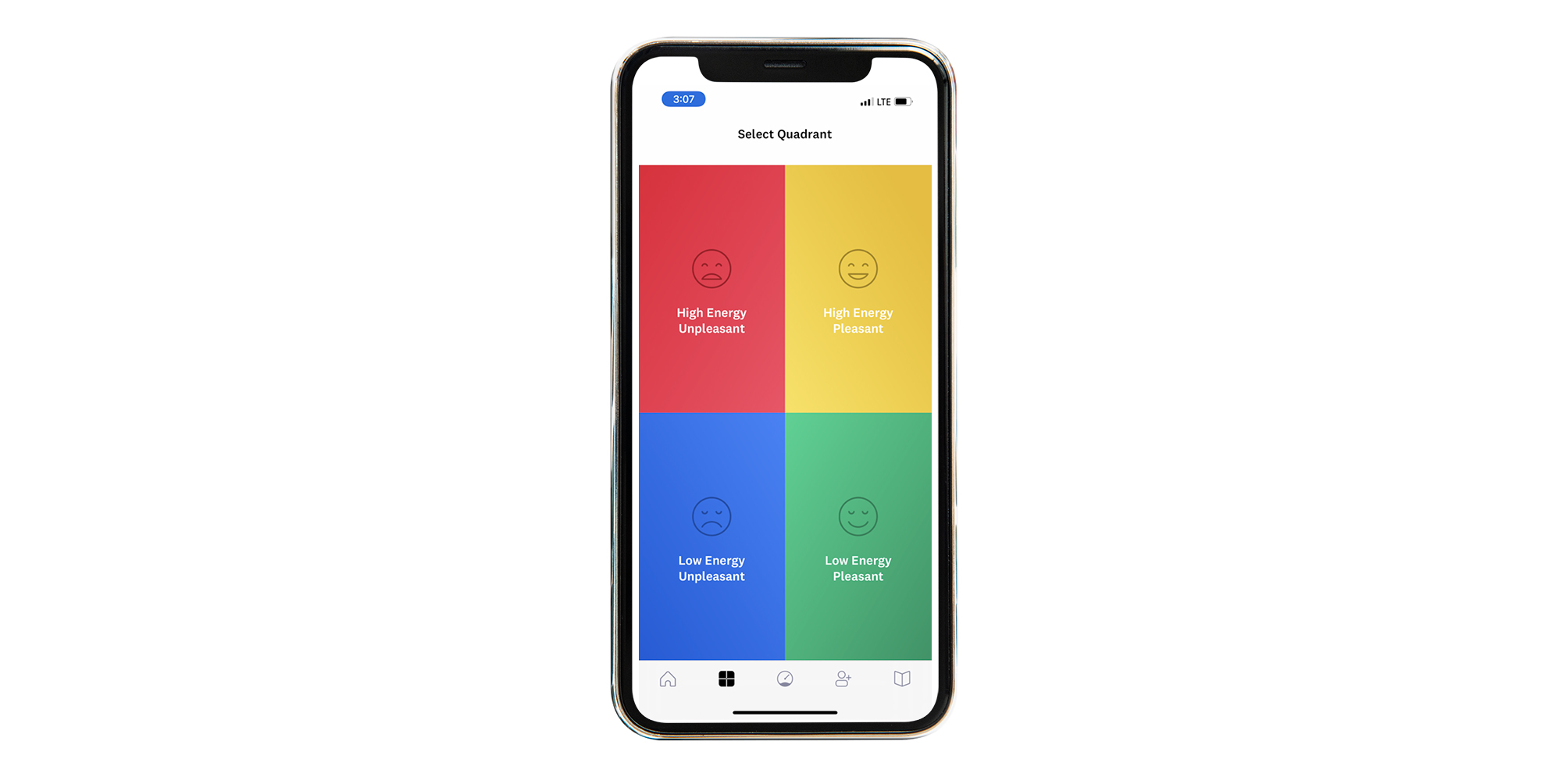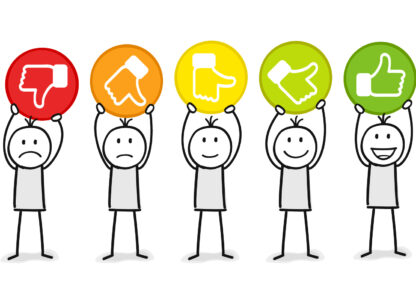When was the last time you checked your mood? How often do you ask yourself, “How am I feeling today?” Our go-to answers might be “I’m good” or “I’m fine,” protecting ourselves from feeling a much more uncomfortable emotion.
The truth is there is no such thing as a “bad” emotion. Humans experience a spectrum of emotions on both our best and worst days.
The majority of us have a difficult time processing our emotions and determining their cause. To be fair, we were never really taught about our feelings. Instead, we function and let them control us throughout the day carrying our stress, sadness, or anxiety to bed and waking with it.
There are many benefits to tracking our mood and recognizing our emotions. The practice can help increase self-awareness and self-regulation, generate more energy and mental bandwidth, and create a higher emotional intelligence. All of these benefits contribute to improved emotional wellness.
One of my favorite tools to practice identifying emotions is the Mood Meter App developed by The Yale Center for Emotional Intelligence. The Mood Meter has four quadrants, each representing a different set of feelings; identifying where our emotions fall on the scale gives us control of our mood and the power to change it.
Yellow Zone (high energy, high pleasantness): pleasant, happy, joyful, hopeful, focused, optimistic, proud, cheerful, lively, playful, excited, thrilled, inspired…
Green Zone (low energy, high pleasantness): at ease, calm, easygoing, secure, grateful, blessed, satisfied, restful, loving, balanced, comfy, cozy, carefree, mellow, thoughtful, serene…
Red Zone (high energy, low pleasantness): peeved, annoyed, irritated, worried, frightened, jittery, tense, troubled, angry, furious, panicked, stressed, anxious…
Blue Zone (low energy, low pleasantness): apathetic, bored, sad, down, uneasy, miserable, depressed, disheartened, exhausted, hopeless, alienated, despondent, despair…
Mental health awareness is becoming more of a priority across the country. You are not alone when you feel stressed, anxious, or overwhelmed, and being “happy” every day is an unrealistic expectation for anyone. Realizing we all experience a variety of emotions will give you more confidence as you navigate through life.
After reading this article, I challenge you to use the Mood Meter and ask yourself how you feel each morning and evening for the next two weeks. Consider a variety of emotions when it comes time to record how you’re feeling. For example, instead of saying “I’m good today,” maybe you are at ease, content, or calm.
You can download the Mood Meter for $.99 from the App Store or Google Play to start tracking your mood. Once you have done so, follow these steps to increase your emotional intelligence:
- Plot your feelings on the meter
- Identify why you have that feeling
- Strategize what you can do to shift your mood and then do it
- Reassess how you feel afterward
Feel free to share your findings by emailing me at [email protected].
Scout Lennon is a functional medicine certified health coach. She works with clients to help them set and achieve sustainable health and wellness goals and can be reached at (760) 808.2589 or visit www.ScoutWellnessLA.com.
Sources: 1) https://www.linkedin.com/pulse/use-mood-meter-manage-stress-jenn-gile-pmp/; 2) https://moodmeterapp.com/; 3) https://www.greatschools.org/gk/articles/the-mood-meter-a-tool-for-developing-greater-self-awareness-and-awareness-of-others/; 4) https://www.marcbrackett.com/the-colors-of-our-emotions/
















































Comments (0)